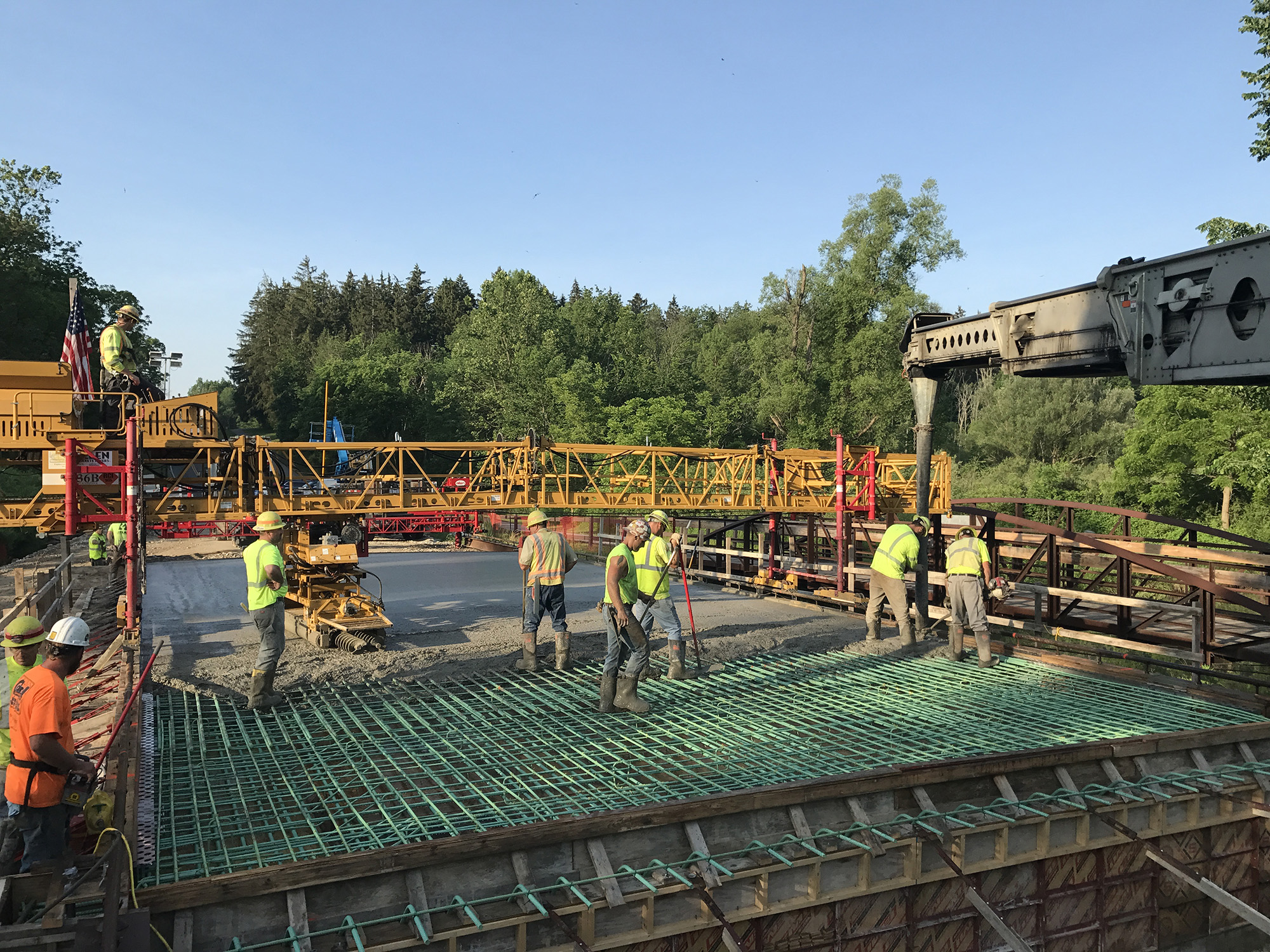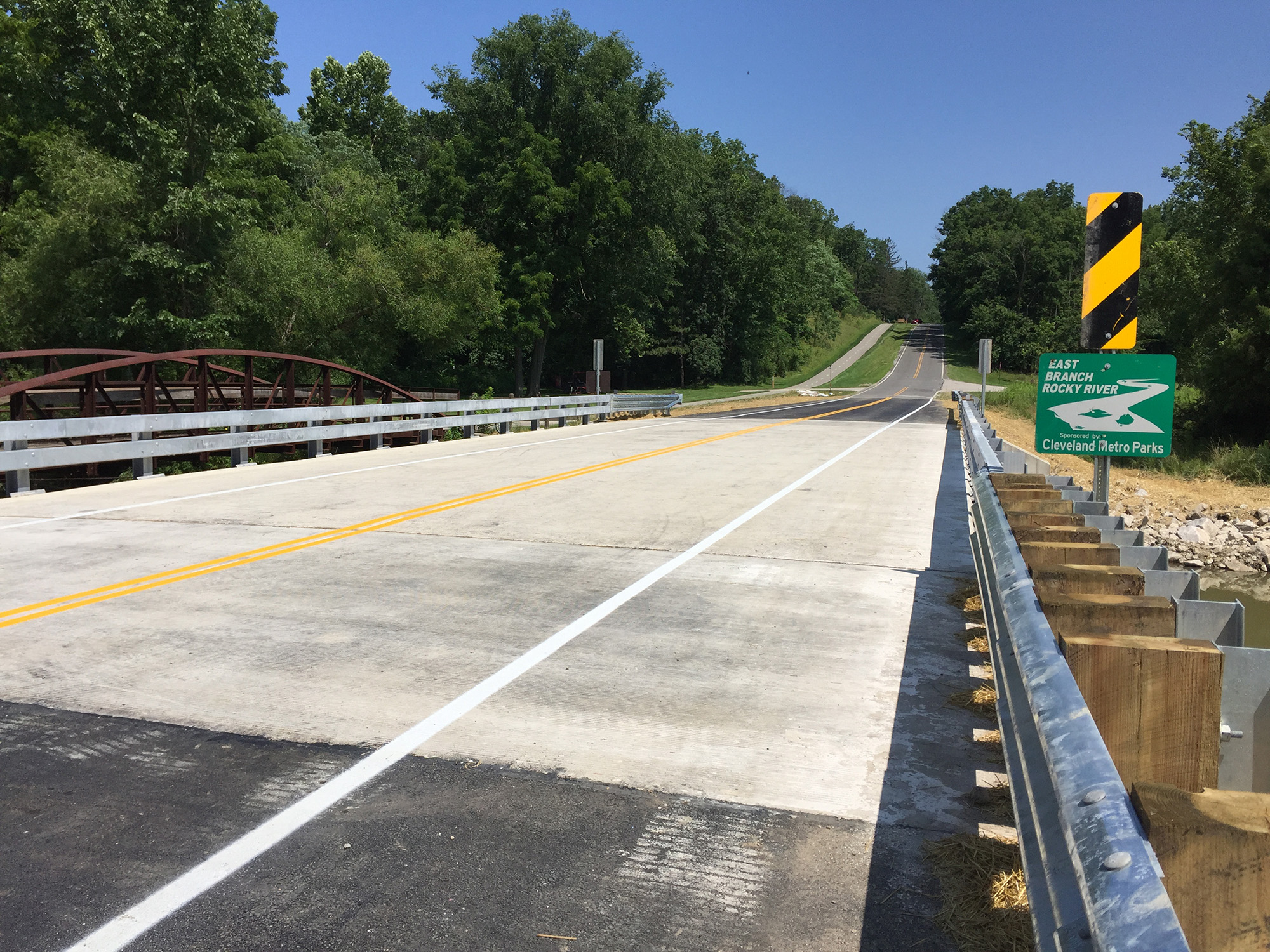
- Products
- Why Nudura
- Nudura Project Applications
- Training Academy
- Resources
- Company
The construction industry contributes about 40% of the United States carbon emissions, with the main source being concrete. With the rising need for repairs of aging infrastructure and the construction of new buildings and bridges, meeting more stringent energy efficiency standards requires more sustainable building methods and technologies. Fiber-reinforced concrete (FRC), an emerging alternative to standard concrete practices, reduces a structure’s carbon footprint, strengthens its durability, and is more cost-effective than conventional processes.
 Why Fiber-Reinforced and not Conventional Concrete?
Why Fiber-Reinforced and not Conventional Concrete?
Conventional concrete has the energy-efficient benefits of thermal mass, lower embodied carbon, increased durability, and minimized waste. To accommodate for the ever-increasing performance demands, fiber-reinforced concrete expands upon these advantages for a more environmentally friendly option.
FRC construction incorporates micro and/or macro synthetic or steel fibers into the concrete mix itself for enhanced structural integrity without relying on mass amounts of steel and the energy required for its delivery, cutting, and inspecting. This leads to significant cost savings, reduced site impacts, improved lifetime of projects, and a reduction in carbon emissions.
With this technology, FRC has become the leading sustainable concrete option. A study published by the University of Akron stated that when compared to a floor constructed with conventional steel, macrofibre reinforced concrete reduces greenhouse gas emissions by 50%. For site specific calculations, you can use an EDP (environmental product declaration) which will compare the global warming potential for the materials you are considering.
CR44 Bridge in Hinckley, Ohio
The University of Akron consulted on the construction of a dual-mat epoxy coated reinforced bridge deck to reduce cracking and erosion and increase its service life. There were 10 lbs. per cubic yard of synthetic macrofibre used in the mix to eliminate cracking entirely in a highly corrosive environment. With the simple substitution of materials, the University estimated that there would be zero repairs required during a 50-year period. This improvement will reduce the carbon footprint of the bridge deck by around 10% when compared to standard concrete mix.
Looking Into the Future
In designing new structures and restoring existing ones, it is essential to consider the sustainability of building materials to reduce ongoing maintenance, minimize waste and decrease energy consumption, all of which can cut construction and operational costs. Since the construction industry has such a large impact on carbon emissions, choosing more energy-efficient technologies like fiber-reinforced concrete helps decrease your footprint, maximize the lifespan of your structure, and contribute to a healthier environment.
CONTACT US
We’re committed to supporting homeowners and design professionals who are interested in or use our products. We’re always happy to help and provide more information.




